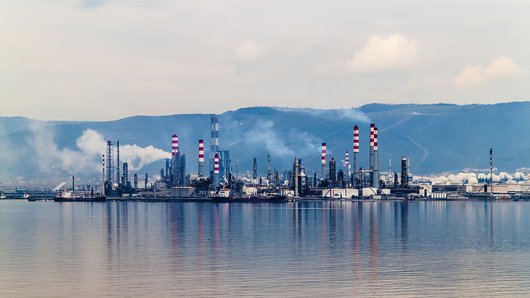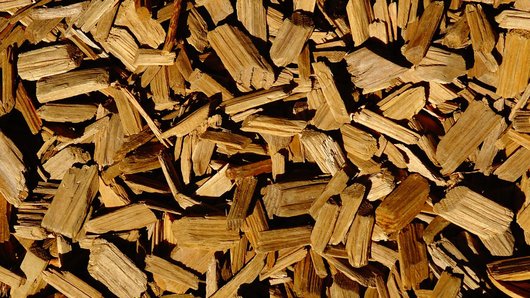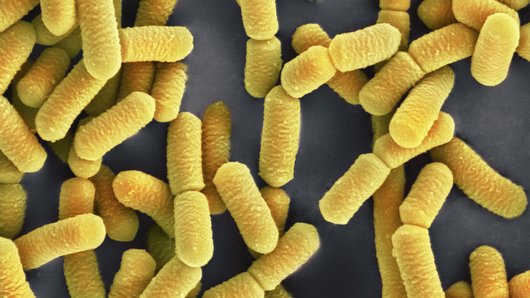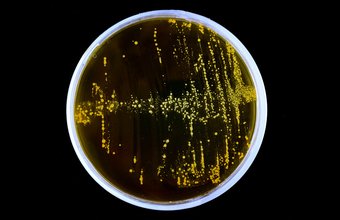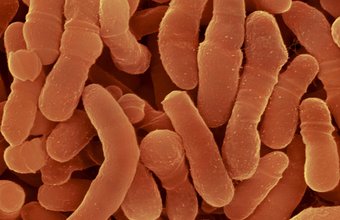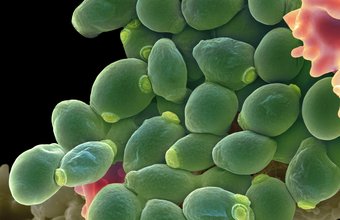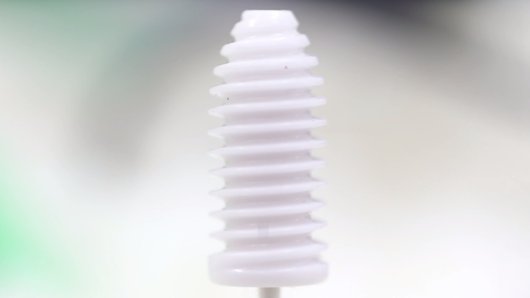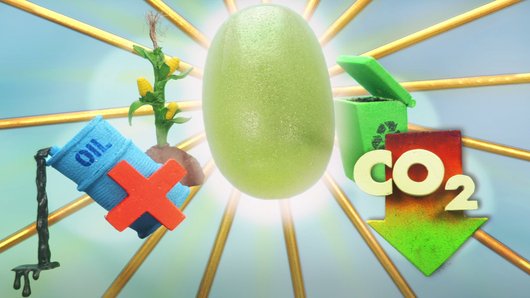Bioplastic fantastic
Producing conventional plastics from petroleum costs a lot of energy and generates a lot of greenhouse gases. PLA bioplastic produced by lactic acid bacteria is a sustainable alternative. Production is CO2 neutral, and PLA is better suited for recycling, composting, and reusing. A new installation at ARTIS-Micropia shows how these lactic acid bacteria work and how they could reduce some of our plastics problems.

